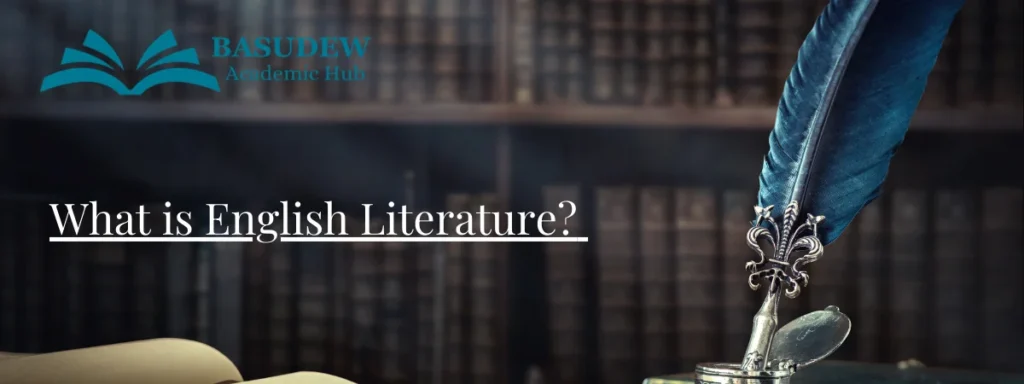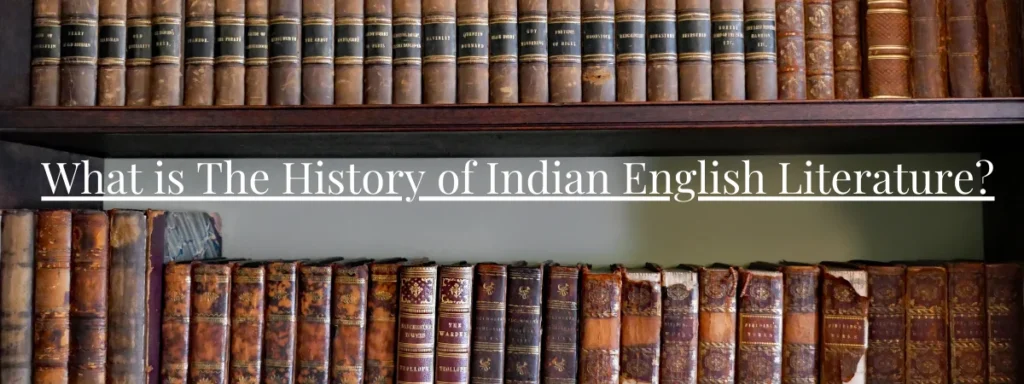Rhetoric and prosody are two foundational elements of language that shape how we communicate, both in speech and writing. While rhetoric focuses on the art of persuasion and effective communication, prosody deals with the rhythm, sound, and meter in poetry. Understanding these concepts is crucial for anyone looking to improve their speaking, writing, or appreciation of literature.
1. Understanding Rhetoric
Rhetoric is the craft of using language purposefully to persuade, inform, or entertain an audience. It encompasses not only the content of your message but also the way you deliver it. Let’s explore its core elements and how it influences our daily communication.
1.1 What is Rhetoric?
Rhetoric is the art of using language to persuade, inform, or entertain an audience. It’s not just about what you say but how you say it. Rhetoric involves selecting the right words, structuring your sentences effectively, and presenting your ideas in a way that resonates with your audience.
1.2 The Three Pillars of Rhetoric
Rhetoric is built on three main pillars: ethos, pathos, and logos.
Ethos (Credibility): Ethos refers to the credibility or trustworthiness of the speaker or writer. It’s about convincing your audience that you are knowledgeable, honest, and reliable. For example, a doctor writing about health issues automatically has ethos because of their expertise in the field.
Pathos (Emotion): Pathos is about appealing to the emotions of your audience. This could involve using vivid language, emotional stories, or powerful imagery. For example, a charity organization might use images of suffering children to evoke empathy and encourage donations.
Logos (Logic): Logos involves using logic and reason to persuade your audience. This can be done through facts, statistics, or logical arguments. For instance, a politician might use statistics to argue that a new policy has improved the economy.
1.3 Rhetorical Devices
To master rhetoric, it’s important to understand various rhetorical devices—techniques that speakers and writers use to convey their message more effectively. Here are a few common examples:
Metaphor: A metaphor is a figure of speech that compares two unrelated things without using “like” or “as.” For example, “Time is a thief” suggests that time steals moments from our lives.
Simile: A simile compares two things using “like” or “as.” For example, “Her smile was as bright as the sun” compares a smile to the brightness of the sun.
Alliteration: This is the repetition of the same initial consonant sounds in a series of words. For example, “Peter Piper picked a peck of pickled peppers” uses alliteration with the letter “P.”
Anaphora: Anaphora is the repetition of a word or phrase at the beginning of successive clauses or sentences. For example, in Martin Luther King Jr.’s “I Have a Dream” speech, the phrase “I have a dream” is repeated several times to emphasize his vision for the future.
Hyperbole: Hyperbole is an exaggerated statement that isn’t meant to be taken literally. For example, “I’m so hungry I could eat a horse” is an exaggerated way of saying you’re very hungry.
1.4 The Importance of Audience in Rhetoric
A key aspect of rhetoric is understanding your audience. The way you present your message should vary depending on who you are speaking or writing to. For example, a scientific report would be very different from a political speech, even if they are discussing similar topics. Knowing your audience helps you choose the appropriate tone, language, and arguments.
1.5 Rhetoric in Everyday Life
Rhetoric is not just for politicians, lawyers, or public speakers; it’s part of everyday communication. Whether you’re convincing a friend to see a movie, writing a persuasive essay, or even crafting a social media post, you’re using rhetoric. By understanding and applying rhetorical principles, you can communicate more effectively in all aspects of life.

2. Understanding Prosody
Prosody is the study of the rhythm, sound, and meter of language, especially in poetry. It explores how poets use different elements like stress, intonation, and meter to create musicality and emotional depth. Understanding prosody allows us to appreciate the craft behind poetic expressions and how language can be used to evoke mood and emotion.
2.1 What is Prosody?
Prosody is the study of the rhythm, sound, and meter of language, particularly in poetry. It deals with how words and syllables are arranged to create musicality and emotion in a poem. Prosody includes elements like stress, intonation, and the overall flow of a verse.
2.2 The Elements of Prosody
Prosody involves several key elements that work together to give poetry its unique sound and feel:
Meter: Meter is the rhythmic structure of a poem, determined by the number of syllables and the pattern of stressed and unstressed syllables in each line. Different meters create different effects. For example:
Iambic Pentameter: This is a common meter in English poetry, consisting of five pairs of syllables in each line, with the first syllable unstressed and the second stressed (da-DUM). Shakespeare often used this meter, as in the line: “Shall I compare thee to a summer’s day?”
Trochaic Tetrameter: This meter has four pairs of syllables per line, with the first syllable stressed and the second unstressed (DA-dum). An example is: “Tyger Tyger, burning bright.”
Rhyme: Rhyme is the repetition of similar sounds in two or more words, often at the end of lines in poetry. Rhymes can be:
End Rhyme: This is the most common type, where the last words of two or more lines rhyme. For example, “The cat in the hat / Sat on a mat.”
Internal Rhyme: This occurs when a word within a line rhymes with another word in the same or adjacent line. For example, “I bring fresh showers for the thirsting flowers.”
Alliteration: As mentioned earlier, alliteration is the repetition of initial consonant sounds in nearby words, which can create rhythm and musicality in poetry.
Assonance: Assonance is the repetition of vowel sounds within nearby words, which can create a sense of harmony or mood. For example, “Hear the mellow wedding bells” uses assonance with the “e” sound.
Onomatopoeia: This is the use of words that imitate sounds, such as “buzz,” “clang,” or “whisper.” Onomatopoeia can make a poem more vivid and engaging.
2.3 The Role of Stress and Intonation
In prosody, stress refers to the emphasis placed on certain syllables or words, while intonation is the rise and fall of pitch in speech. These elements help convey meaning and emotion. For example, the sentence “I never said she stole my money” can have different meanings depending on which word is stressed:
“I never said she stole my money” implies that someone else might have said it.
“I never said she stole my money” suggests that it was implied, but not explicitly stated.
“I never said she stole my money” hints that someone else might have stolen it.
2.4 Types of Verse Forms
Understanding prosody also involves knowing different verse forms, which are the structures of poems. Here are a few common types:
Sonnet: A sonnet is a 14-line poem with a specific rhyme scheme and meter (often iambic pentameter). The Shakespearean sonnet, for example, follows the ABABCDCDEFEFGG rhyme scheme.
Haiku: A haiku is a traditional Japanese form of poetry that consists of three lines with a 5-7-5 syllable pattern. Haikus often focus on nature and evoke a specific moment or feeling.
Free Verse: Free verse poems don’t follow a regular meter or rhyme scheme, allowing the poet more freedom to express their ideas. Despite the lack of formal structure, free verse can still have rhythm and musicality through the use of other prosodic elements like alliteration and assonance.
2.5 The Importance of Prosody in Poetry
Prosody is what gives poetry its distinctive character. It transforms ordinary language into something more musical and emotionally resonant. A well-crafted poem uses prosody to enhance its meaning, create mood, and evoke emotions in the reader. For example, the regular rhythm of a sonnet might convey order and harmony, while the unpredictable flow of free verse might reflect chaos or freedom.
3. The Interplay Between Rhetoric and Prosody
While rhetoric and prosody are distinct, they often work together in poetry and other forms of literature. A speech or poem that uses both effective rhetoric and pleasing prosody can be particularly powerful.
3.1 Rhetoric in Poetry
Even though rhetoric is more commonly associated with prose, it plays a significant role in poetry as well. Poets often use rhetorical devices to persuade, move, or engage their audience. For example, in Robert Frost’s poem “The Road Not Taken,” the speaker uses rhetorical questioning to emphasize the importance of choices in life:
“I doubted if I should ever come back.”
Here, the rhetorical question highlights the uncertainty and weight of the speaker’s decision.
3.2 Prosody in Persuasive Writing
Conversely, elements of prosody can enhance rhetorical writing. For instance, a speech that uses alliteration or a rhythm similar to poetry can be more memorable and impactful. Martin Luther King Jr.’s speeches are famous for their musical quality, which is achieved through the use of repetition, alliteration, and rhythm. His use of the phrase “Let freedom ring” throughout his “I Have a Dream” speech is a prime example of how prosody can enhance rhetoric.
3.3 Balancing Rhetoric and Prosody
In literary works that combine rhetoric and prosody, the challenge is often to strike a balance between conveying a clear message (rhetoric) and creating an aesthetically pleasing form (prosody). For example, in Shakespeare’s plays, characters’ speeches often blend rhetorical arguments with poetic elements like iambic pentameter. This combination allows Shakespeare to explore complex ideas while maintaining the musicality of the verse.
4. Practical Applications
Understanding both rhetoric and prosody can significantly improve your writing and analytical skills, whether you are crafting poetry, prose, or speeches.
4.1 Improving Writing with Rhetoric and Prosody
Understanding rhetoric and prosody can greatly improve your writing, whether you’re crafting a poem, a speech, or an essay. Here are some practical tips:
For Rhetoric: Focus on your audience. Use rhetorical devices like metaphors and analogies to make your ideas clearer and more persuasive. Pay attention to the structure of your argument and ensure that it is logical and coherent.
For Prosody: If you’re writing poetry, pay attention to the rhythm and sound of your words. Experiment with different meters and rhyme schemes to find the one that best suits the mood and message of your poem. Even in prose, consider the flow of your sentences—varying sentence length and using alliteration can make your writing more engaging.
4.2 Analyzing Literature with Rhetoric and Prosody
When analyzing literature, consider both the rhetorical and prosodic elements. Ask yourself:
Rhetoric: What is the author trying to persuade me of? How are they using language to influence my emotions or beliefs? What rhetorical devices are at play?
Prosody: How does the rhythm, sound, and meter of the poem or prose affect its meaning? What emotions or ideas are conveyed through the use of rhyme, alliteration, or meter?
Conclusion
Rhetoric and prosody are powerful tools in the hands of a skilled communicator. Whether you’re writing poetry, delivering a speech, or simply trying to convey your ideas more effectively, a solid understanding of these concepts can enhance your ability to express yourself and connect with your audience. By mastering the art of rhetoric and the science of prosody, you can make your language more persuasive, memorable, and impactful.





